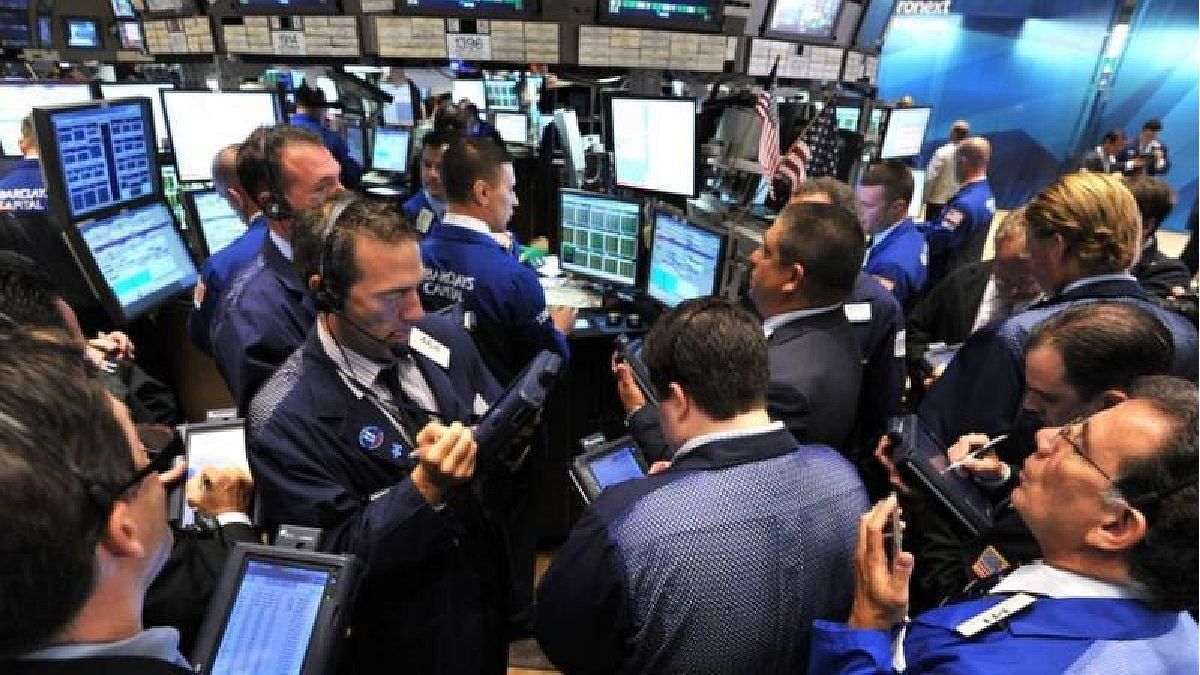Let’s start with the graph of the S&P 500, the most representative index of the US stock market:
Clipboard01.jpg
The stock party, virtually uninterrupted since 2009, is over. Or at least paused. The context changed several months ago, since inflation ceased to be transitory. The cycle of zero fees and free money is over. The Federal Reserve had no choice but to be more aggressive and confront the inflationary scourge by raising the interest rate.
This hurt stock valuations, making for one of the worst starts to the year in Wall Street history. The S&P 500, until June, was -24%. From there, he had a great 20% recovery, but he couldn’t beat the yellow line on the chart. What does that line mean? It is the moving average of 200 periods and usually indicates the long-term trend. As we can see, it bounced up there and accelerated down again. Therefore, we can technically say that Wall Street is still in a downtrend.
Investing in this market context is extremely complicated. Therefore, I prepared a report with some ideas to win by taking advantage of volatility. You can download it at this link: https://informes.cartafinanciera.com/
what happened recently
The latest inflation data for July was 8.5% year-on-year, below the previous month (9.1%) and what was expected (8.7%). This news was one of the best that the market received, generating a very strong recovery in the shares, which was paused two weeks ago. What changed the optimistic mood?
Different members of the Federal Reserve were in charge of ratifying that inflation continued to be very high and that they were not going to relax monetary policy due to the recent good data. Then, Jerome Powell, the president of this organization, was forceful with his message. He stressed that the main objective is to lower inflation to 2% and that they will do everything possible to achieve it, even if it is at the cost of causing pain in the economy.
Faced with this more restrictive stance, the market discounted a more negative scenario for shares, which accelerated their fall, confirming the long-term downward trend.
A trend simply guides us in the future about what can happen. It is just a probabilistic indication. At the moment, the odds of seeing a continuation of the decline on Wall Street are high. Why can the market keep falling? Let’s see:
Here I leave the ratio Price-to-earningswhich represents the price paid for a share in relation to the annual earnings it generates.
With this metric, the market is 48% more expensive than the average of the last decades.
Also, using Warren Buffet’s indicator (Market Cap on GDP), the market is 36% more expensive than the average.
We cannot forget that the 10-year interest rate is at levels of 3.3% and the chances are high that it will continue to rise. Logically, this would continue to have a negative impact on stocks, mainly technology ones.
The market is still “expensive” with most of the metrics that are used. In addition, inflation continues to be very high, affecting the profit margins of companies. The recessionary consequences are beginning to be seen and there will surely be more pain, just as the Federal Reserve predicted.
The following inflation data, the next decisions of the Federal Reserve and the balance sheets of the companies will be vital to define what can happen in the future. For now, the trend is down. To operate with caution.
CEO of Charter Finance
Source: Ambito
David William is a talented author who has made a name for himself in the world of writing. He is a professional author who writes on a wide range of topics, from general interest to opinion news. David is currently working as a writer at 24 hours worlds where he brings his unique perspective and in-depth research to his articles, making them both informative and engaging.




